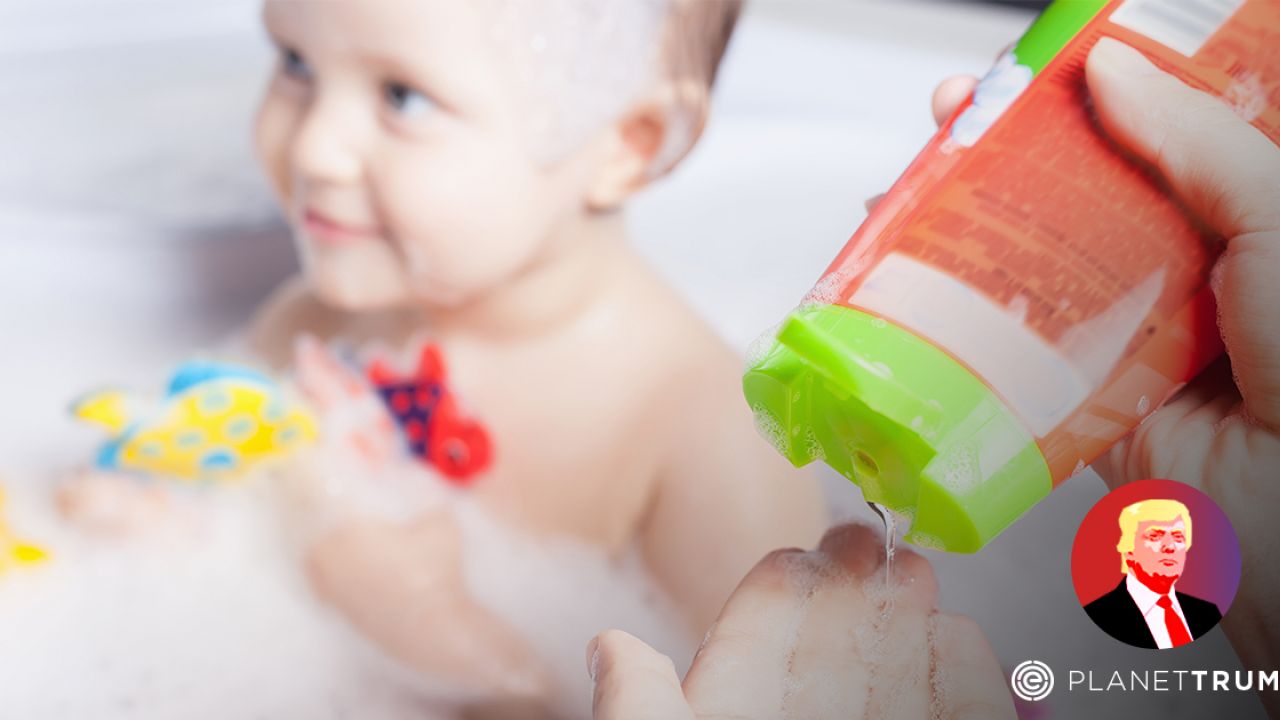
The Trump administration’s proposal to study 1,4-dioxane excludes exposures from personal care products – even though an EWG analysis found that thousands of shampoos, soaps, lotions, sunscreens, toothpastes and cosmetics may include the possible carcinogen.
More than 8,000 personal care products in EWG’s Skin Deep® cosmetics database include ingredients produced through ethoxylation, including polyethylene, polyethylene glycol (PEG) and ceteareth. Although 1,4-dioxane is not intentionally added to personal care products, ethoxylated chemicals can contaminate personal care products with trace amounts of 1,4-dioxane.
Some companies voluntarily remove or reduce 1,4-dioxane from these products, but there are no rules that require them to do so. Many of the products in Skin Deep that contain ethoxylated chemicals – and thus may contain 1,4-dioxane – are marketed to children
Last week, the Environmental Protection Agency released the Trump administration’s plan to determine whether and how to regulate 1,4-dioxane. Last year, the EPA identified 1,4-dioxane as one of the first 10 chemicals for review under an updated version of the Toxic Substances Control Act.
Industrial uses of 1,4-dioxane – like wood pulping and manufacturing adhesives – are a major source of the chemical. But the Trump administration’s plan to assess the risks of 1,4-dioxane would ignore exposures from personal care products.
The Trump plan would consider the risks posed by other exposures – including inhaling 1,4-dioxane in the air, and drinking and washing with 1,4-dioxane in tap water. But the Trump plan would not include exposures from products like toothpaste, mouthwash, sunscreens and shampoos – creating an incomplete picture of the risks posed by the chemical.
The EPA has classified 1,4-dioxane as a “likely human carcinogen” and it is listed in California’s registry of chemicals known to cause cancer. In laboratory studies, 1,4-dioxane administered to animals through drinking water caused tumors in the liver, nasal cavity, peritoneal and mammary glands in some subjects. Short-term exposure to relatively high amounts of 1,4-dioxane is particularly damaging to the liver and kidneys.
Because manufacturers don’t have to disclose the presence of 1,4-dioxane on product labels, there’s no way for consumers to know if their personal care or household products harbor the hidden carcinogen. 1,4-Dioxane can also be in paint strippers, dyes, greases, waxes and varnishes. Residues of 1,4-dioxane are sometimes found in food additives and food packaging.
The Food and Drug Administration says there’s a simple process, called vacuum stripping, to minimize the presence of 1,4-dioxane in personal care products. But the lack of reporting and labeling make it unclear how many companies take the care to remove it.
In addition to regulating 1,4-dioxane under TSCA, the EPA could also set a limit for 1,4-dioxane in drinking water. The FDA could take action to ensure 1,4-dioxane is removed or virtually eliminated from shampoos, shower gels, body washes, foaming hand soaps, bubble baths and lotions. In addition to vacuum stripping, manufacturers could take steps to slow the formation of 1,4-dioxane as a byproduct. New York Sens. Chuck Schumer and Kirsten Gillibrand, both democrats, have petitioned the FDA to ban the presence of 1,4-dioxane in cosmetics.



